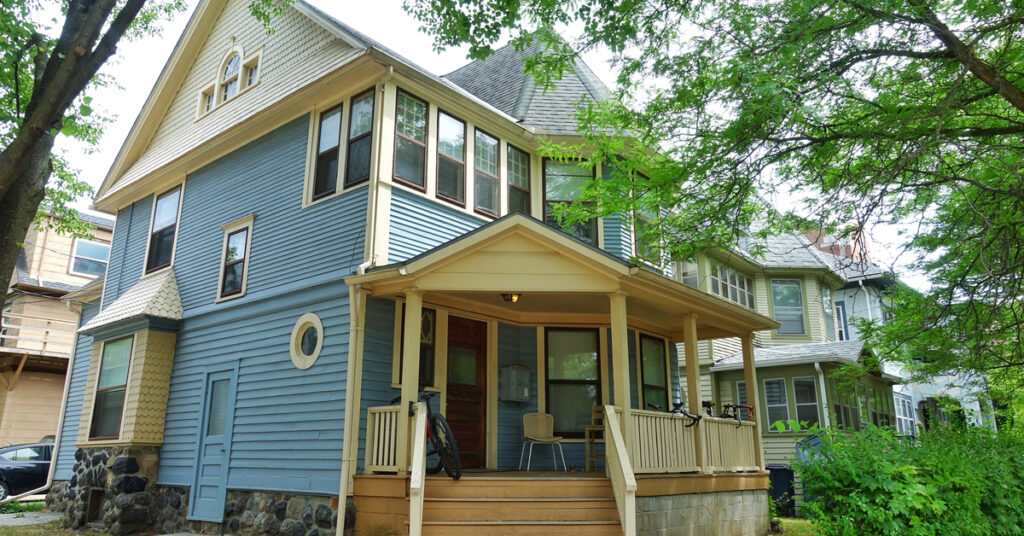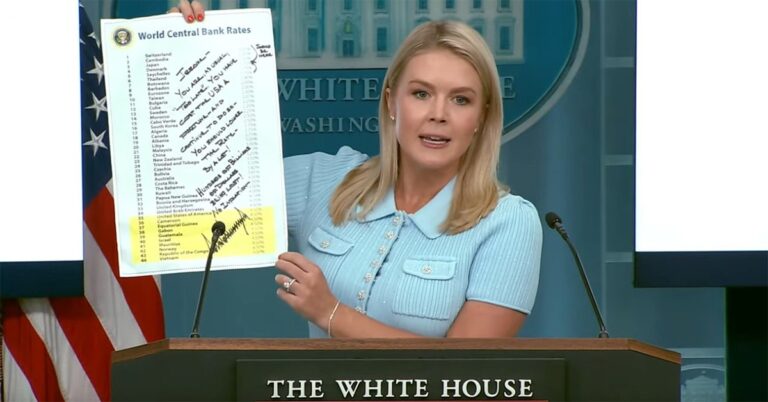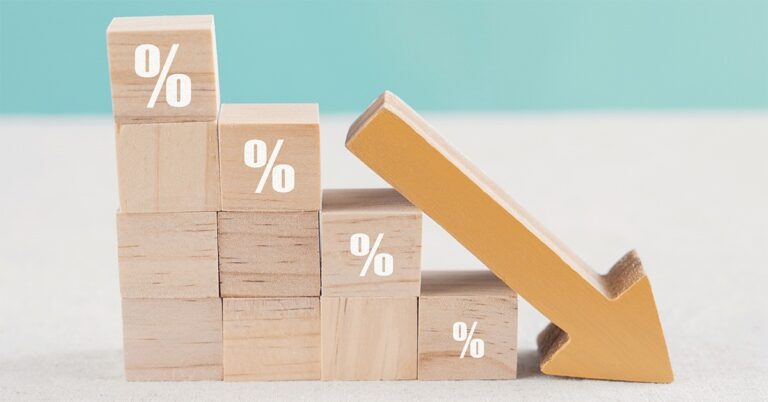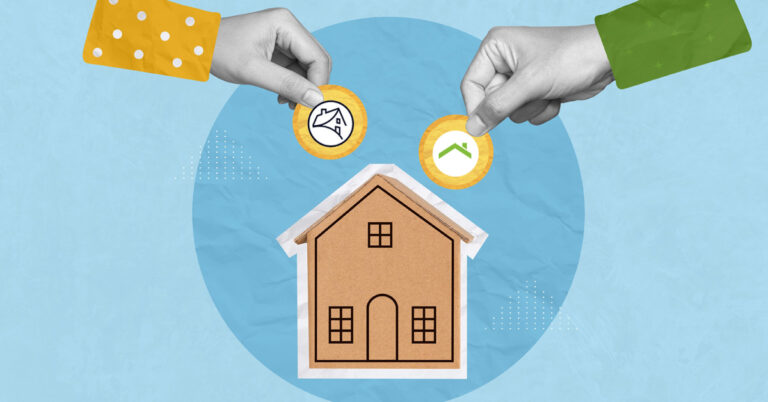Nearly 60% of metro markets posted annual home price gains in the second quarter, according to the National Association of Realtors (NAR).
Of the 221 markets tracked by the trade organization, 128 saw prices grow year over year from April to June. Many of those markets were in the Midwest, including six of the top 10. Fond du Lac, a Wisconsin city of nearly 45,000 people, saw the largest gain at 25.3%. All of the top 10 metros recorded annual increases of at least 10.4%.
Notably, despite so many markets seeing gains, the national median single-family existing-home price still slid 2.4% to $402,600. That’s a much bigger dip than the prior quarter, when the median price fell just 0.2% year over year.
Much of that comes from large year-over-year price declines in large cities, such as Austin (where prices fell 19.1% year over year in Q2), San Francisco (11.3%), Salt Lake City (9.6%) and Las Vegas (7.4%).
“Interestingly, price declines occurred in some of the fastest job-creating markets,” said Lawrence Yun, chief economist at the NAR. “Prices in these areas are trying to land on better fundamentals after several years of skyrocketing increases. In fact, the number of homes receiving multiple offers, alongside continuing job and wage gains, signal price slides may already be a thing of the past.”
Some of the markets seeing price declines are still among the most expensive in the country. San Francisco, for example, remains the second among metro areas in price at roughly $1.34 million, trailing only Bay Area neighbor San Jose at $1.80 million. The two metros were among seven California markets in the top 10; six of those seven saw price declines. Other large cities among the top 10 most expensive metros were Anaheim ($1.25 million; -3.8% year over year), Honolulu ($1.06 million; -7.4%); and San Diego ($942,400; -2.4%).
Some 41% of markets tracked by the NAR saw home prices fall year over year in the second quarter, up from 31% in the quarter prior.
Housing affordability grew worse quarter over quarter and year over year, with home prices compounded by rising mortgage rates. Assuming a 20% downpayment, the monthly mortgage payment on a typical existing home was $2,051, up 10% from Q1 and 11.6% year over year.
Households spent 27.0% of their income on mortgage payments, up from 24.5% quarterly and 25.3% annually. A household needed a qualifying income of at least $100,000 to afford a mortgage with a 10% downpayment in 40.3% of all markets, up from 33% from the first quarter.







